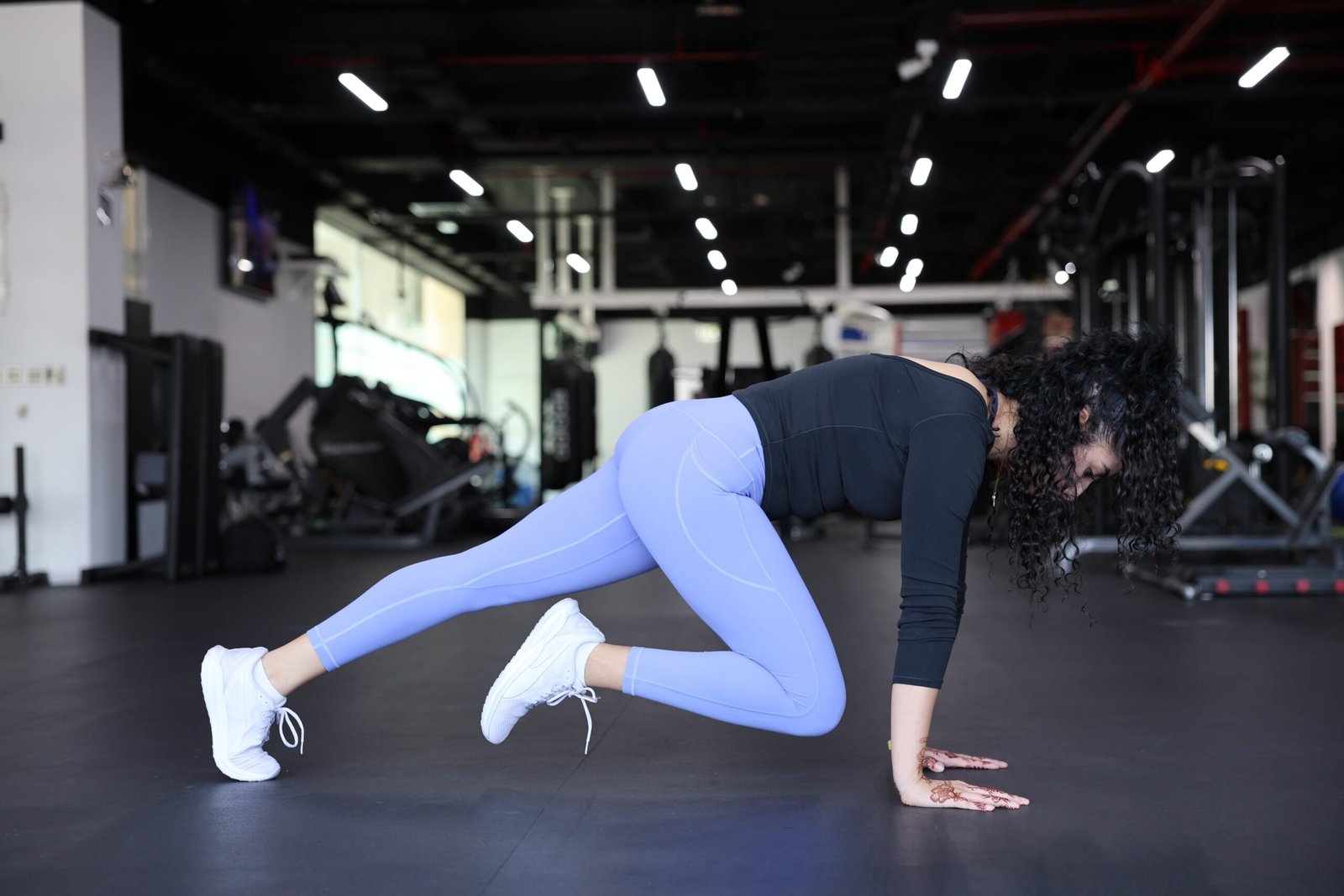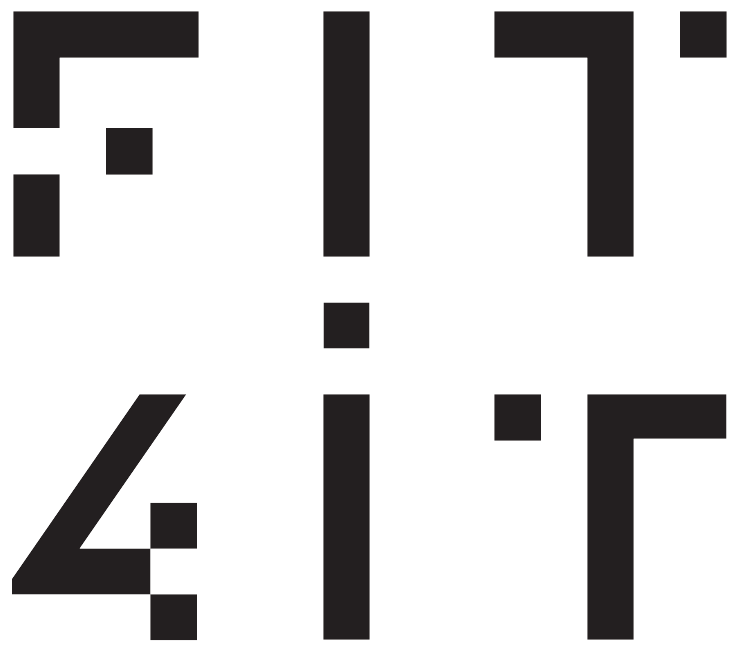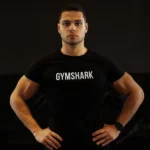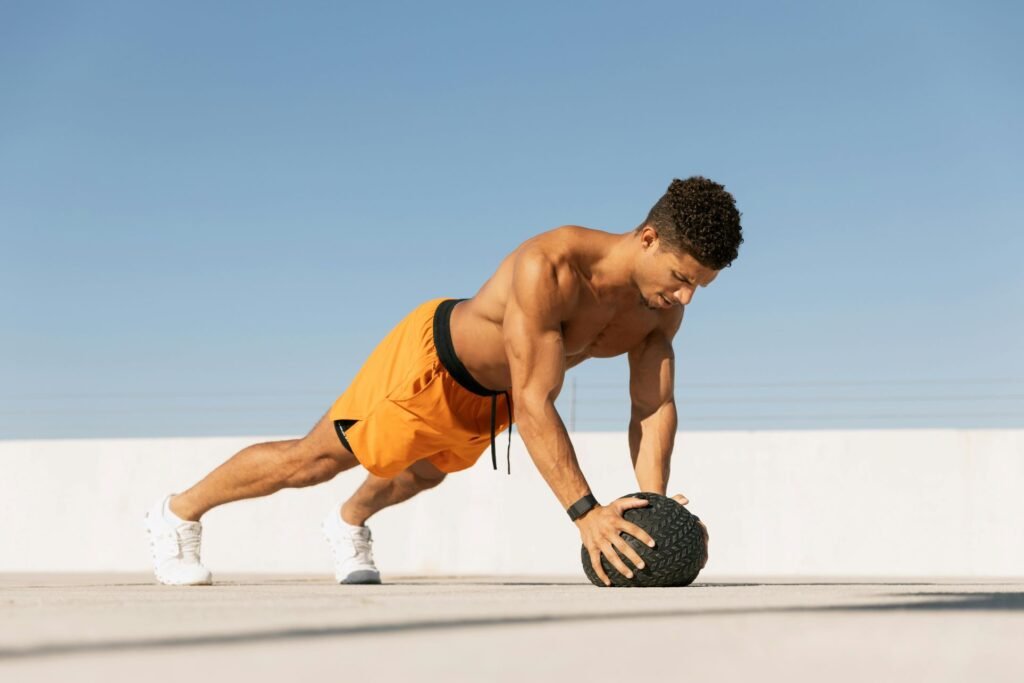Unlike what most people believe, a strong core isn’t just about looks, as it is important for posture, balance, and injury prevention. Apart from stabilizing your back, they also make you look aesthetic. Do you also dream of getting those rock-hard abs without having to grind hard in the gym? Well, you’re not alone. Fortunately, you can build a strong core without having to go to the gym. Just follow our recommended exercises regularly and prepare your summer body at home.
The Anatomy: What are Abs?
Before you learn about the exercises, let me first walk you through the various muscles that make up your abs. In this way, you will understand the rationale behind choosing the given exercises. These are the 4 muscles that combine to shape your abdominal region:
- Rectus Abdominis: This is the “six-pack” muscle, which flexes your spine and helps with posture.
- External Obliques: Located on each side of your waist, these assist with twisting and bending.
- Internal Obliques: Found beneath the external obliques, they also help with side movements.
- Transverse Abdominis: This is the deepest core muscle, which stabilizes your spine and holds your core tight.

A focused abs workout strengthens your core and helps define your midsection.
Core Training Vs. Ab-Specific Training
Many people confuse ab workouts with core workouts, not knowing that abs are just part of your core area. That’s one reason a well-rounded core training routine engages your entire trunk.
- Core Training: Focuses on stabilizing muscles and involves dynamic, functional movements (e.g., planks, bird dogs, dead bugs).
- Ab-Specific Training: Targets the rectus abdominis and obliques through more isolated movements (e.g., crunches, sit-ups, leg raises).
Best Abs Exercises
Here’s a list of top exercises broken down by muscle focus. You can mix and match to build your perfect ab workout.
1. Plank (Transverse Abdominis)
Oh boy, this is gonna be a great test of your resilience! Hold a straight line from head to heels for 20–60 seconds. It looks simple, but after 30 seconds, your abs will definitely feel the heat.
- 3 sets
- 20-60 seconds each
2. Crunches (Rectus Abdominis)

Crunches are one of the most effective core exercises!
Follow up by lying on your back, bending your knees, hands behind your head, and lifting your shoulders off the ground. Make sure to avoid pulling your neck forward; keep it relaxed.
- 3 sets
- 15 – 20 per set
3. Leg Raises (Lower Abs)
Lie on your back and lift your legs straight up, then slowly lower them without touching the floor. It hits your lower abs hard and helps build control. While doing the exercise, keep your lower back flat to avoid any strain and place your hands on your hips.
- 3 sets
- 12 – 15 reps per side
4. Russian Twists (Obliques)
For this exercise, sit down, lean back a bit, and twist side to side while holding your hands together or a small weight. The more controlled the movement, the more your obliques get involved. If you want to feel the burn, lift your feet off the ground.
- 3 sets
- 20-30 twists
- 10-15 per side
5. Mountain Climbers (Full Core & Cardio)

Mountain climbers are a dynamic, full-body workout.
Get in the same position as you did while doing planks and run your knees toward your chest one at a time. Trust me, this one gets your heart rate up and will make you start shaking. Nevertheless, it is great for burning fat and building core stability.
- 3-4 sets
- 30 – 45 seconds
6. Bicycle Crunches (Rectus + Obliques)
Lie down, bring one knee toward your chest, and twist your opposite elbow to meet it like you’re riding a bike. Keep switching sides without rushing it. It targets your six-pack and obliques at the same time.
- 3 sets
- 15-20 reps per side
7. Dead Bug (Transverse Abdominis)
By now, you should be in sweats, but don’t stop just yet, as we are only halfway in. Lie flat, arms straight up, knees bent, and slowly extend one arm and the opposite leg. It looks weird, but it’s amazing for learning core control. Just keep your back pressed into the floor the whole time.
- 3 sets
- 10 – 12 reps per side
8. Side Plank (Lower Rectus + Transverse Abdominis)

Side planks may seem a bit more challenging than regular planks at first.
Unlike the regular version, here, you roll onto your side, prop yourself up on one forearm (or palm), and lift your hips off the floor. Now, hold that position and feel your side abs (obliques) go to work. Apart from your core, this exercise also helps build shoulder and hip stability.
- 3 sets
- 30 – 45 seconds
9. Toe Touches (Upper Rectus Abdominis)
Lie on your back, legs up in the air, and reach your hands toward your toes. While doing this exercise, keep the movement controlled and breathe out as you reach. It’s a solid way to target upper abs and boost flexibility. You might not succeed in this in your first few tries, but try to complete your sets nevertheless.
- 3 sets
- 15 – 20 seconds
10. Bird-Dog (Overall Core + Transverse Abdominis)
Finally, I usually like to end the session with this exercise. Start on all fours and stretch out one arm and the opposite leg at the same time. While doing so, focus on keeping your hips level and ensure no wobbling. This move looks easy, but it really fires up your deep core muscles, especially since they have already been punished a lot.
- 3 sets
- 10 reps per side
The Role Of Nutrition In Revealing Abs
If you have an above-average fat percentage, the above-mentioned exercises may not work properly on you unless you lose some fat. For that, you can try the keto diet, since it brings quick results by controlling your meal portions. We have provided a comprehensive guide on the keto diet by our certified nutritionist Maria Samy.
Other than that, here are some tips that can help you maximize the benefits from the above abs workout routine:
- Maintain a slight caloric deficit for fat loss.
- Prioritize lean proteins (chicken, fish, tofu), complex carbs (brown rice, oats), and healthy fats. (nuts, olive oil)
- Minimize added sugars and processed foods.
- Stay hydrated and reduce bloating.
Abs Workout Routine For Beginners
With the above exercises, you don’t need a fancy gym membership or machines to build a strong core. In fact, a well-designed abs workout at home can be just as effective when done consistently and with proper form. Here is a small breakdown of how you should schedule your workout program:
| Day | Focus |
|---|---|
| Monday | Core Stability (Plank, Bird Dog, Dead Bug) |
| Wednesday | Upper & Lower Abs (Crunches, Leg Raises) |
| Friday | Obliques + Cardio Burn (Russian Twists, Mountain Climbers) |
Start with 15–20 minutes, 3 times a week. Gradually increase intensity and volume.

Consistency in your abs workout is the key to seeing real progress.
Common Mistakes To Avoid In Abs Training
- Quantity over Quality: Doing too many reps with poor form will only waste your energy. Prefer quality over quantity and engage the muscles. Don’t just go through the motions.
- Only Doing Crunches: These aren’t bad, but they only hit the surface-level muscles (mainly upper abs). To build a strong core, you need variety, like planks, leg raises, twists, and stability work. Mixing it up targets all parts of your core, not just the front.
- Neglecting Your Lower Back: A strong core includes your lower back, too, not just your abs. Ignoring it can lead to imbalances and even pain. Add moves like bird-dogs or superman holds to train the full core.
- Abs Alone Will Burn Fat: You can have strong abs and still not see them if body fat is high. No ab workout alone will flatten your stomach because diet and full-body exercise matter more. Combine abs training with healthy eating and cardio for real results.
- Expecting abs without adjusting diet: No amount of abs workouts will show results if you’re not eating for fat loss. So, make sure to follow a customized meal plan, devised according to your project’s needs.
Progressive Overload
Just like any other muscle group, your abs need progressive overload to grow and strengthen. So, go through the following tips to speed up the process of getting your six-pack:
- Add weights (weighted crunches, cable crunches).
- Increase reps or time under tension.
- Use more advanced movements (hanging leg raises, ab rollouts).
- Shorten rest periods between sets.
Tracking your progress is very important, so note down sets, reps, and difficulty levels to see improvement over time. You don’t need to do a 1000-rep ab challenge to get results. Instead, focus on consistency, clean nutrition, and quality exercises. A strong core boosts your aesthetics, improves your overall fitness, and reduces the risk of injury.
Start small, stay consistent, and build your core from the inside out.
Was this helpful?
Good job! Please give your positive feedback
How could we improve this post? Please Help us.






No Comments